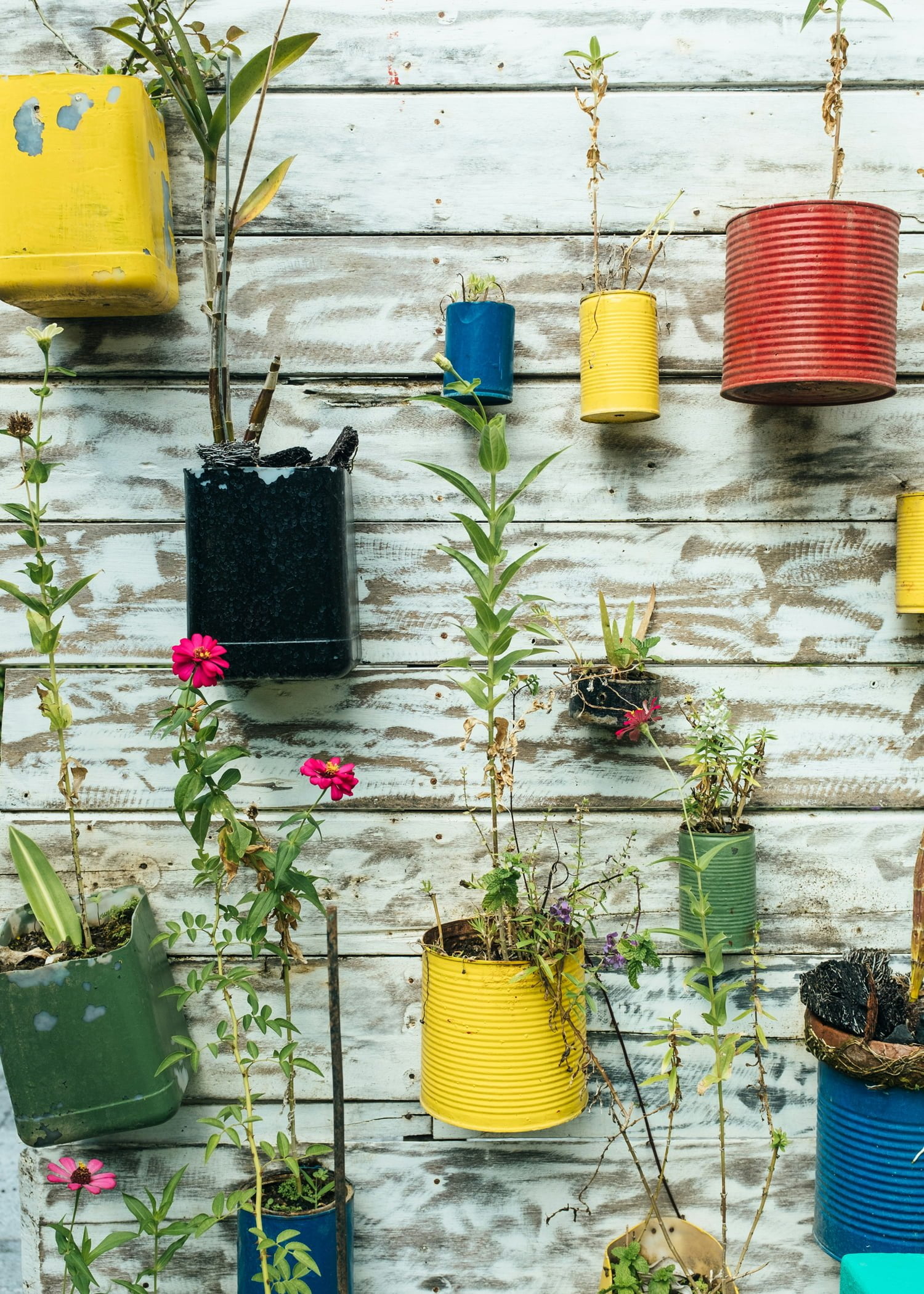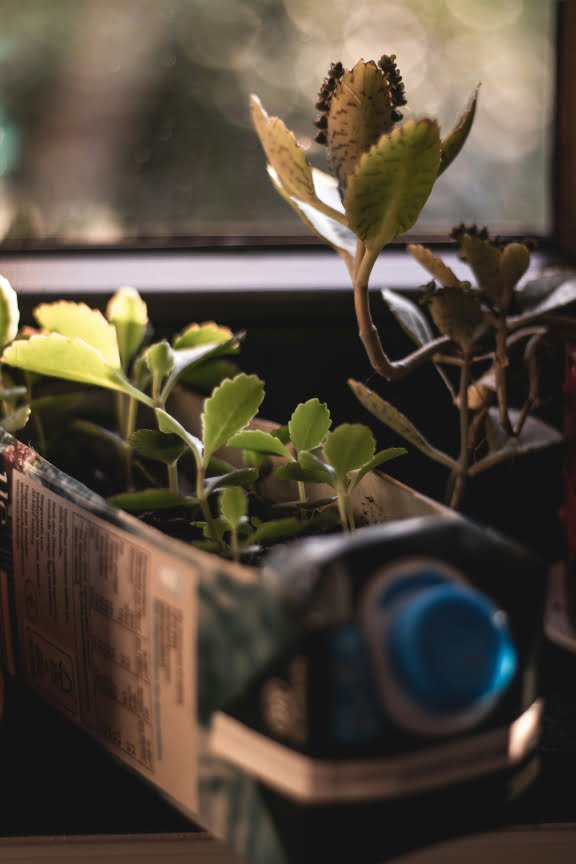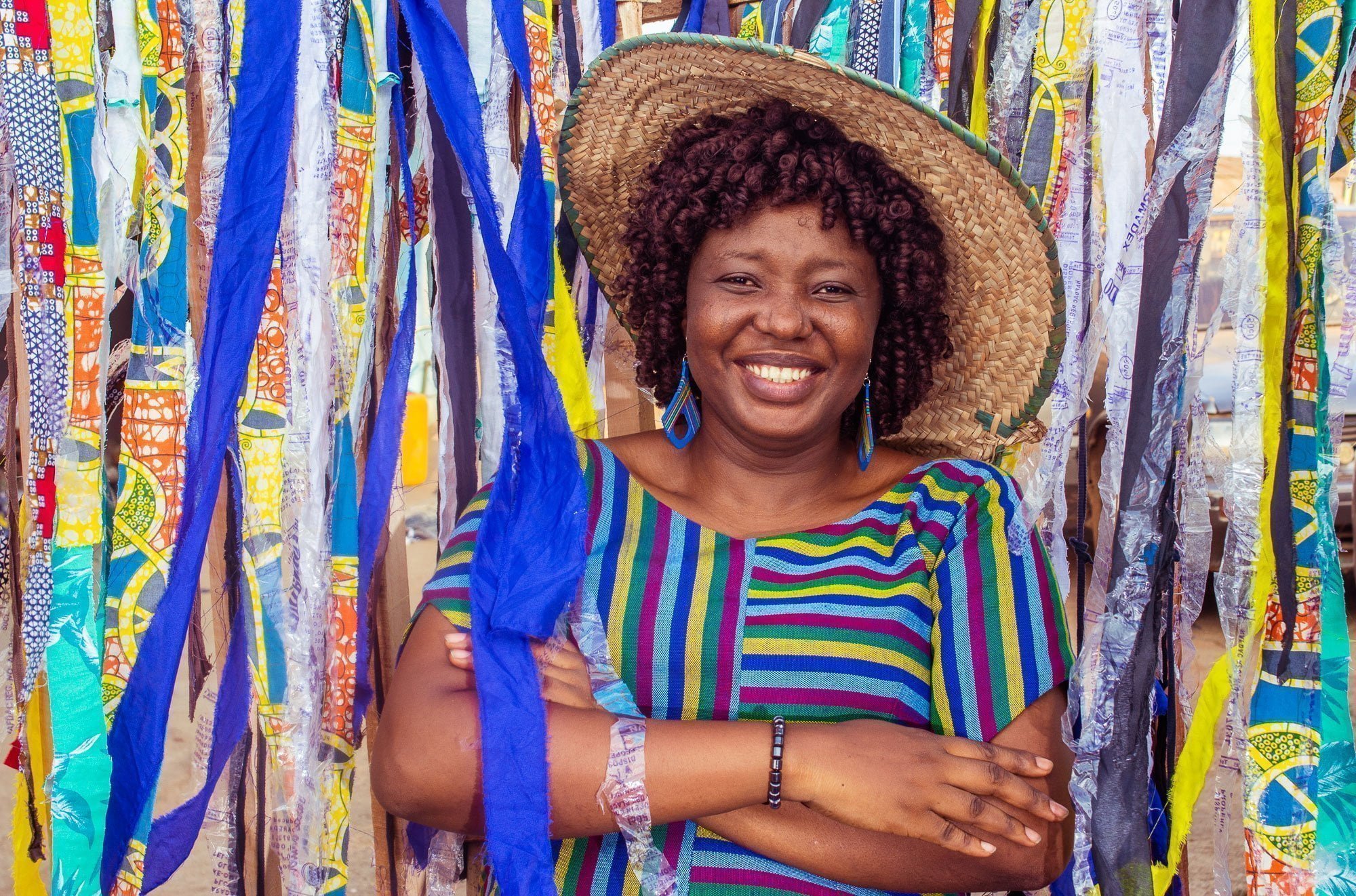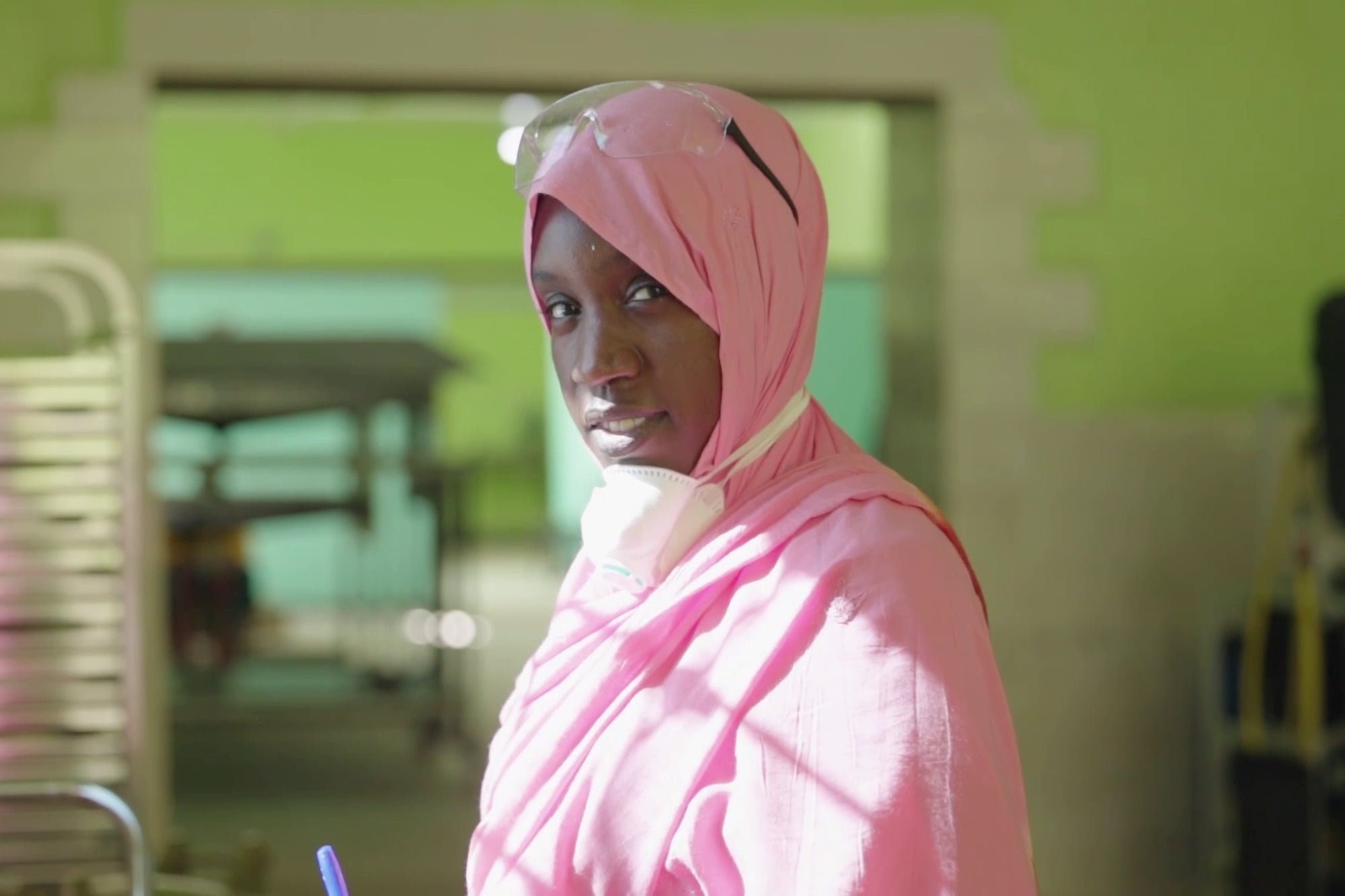
Upcycling vs recycling: differences and examples
The difference between upcycling vs recycling is like the difference between a DIY Pinterest project and a trip to the recycling center. Both are important for reusing valuable resources and promoting sustainability, but one is a work of art while the other is a way to avoid landfill waste.
Definition of upcycling
Upcycling is the process of taking something old and making it into something new and fabulous. It’s like giving trash a makeover.
In fact, the Cambridge English Dictionary defines upcycling as ‘the activity of making new furniture, objects, etc. out of old or used things or waste material’.
The important thing to note about this definition of upcycling is that objects are not just improved in some way. They are often transformed into something completely different and often more valuable.
Almost anything can be upcycled. Examples include:
- Turning old tires into stylish furniture
- Repurposing glass bottles into chic lampshades
- Converting used textiles into trendy sneakers
These transformations are not only sustainable and practical but also add an aesthetic value that is often unique.

Benefits of upcycling
Upcycling helps to minimize waste, limit the demand for new materials and conserve energy. This can reduce air pollution, water pollution and climate-warming emissions.
In addition, upcycling supports a circular economy by reusing materials and products over and over again. Beyond the direct benefits for the planet, upcycling also fosters creativity and innovation in sustainable design.
Want to try upcycling yourself? Before throwing something out, consider how it can be repurposed. Start small, perhaps by turning empty tins into plant pots or personalizing an old piece of clothing. Online communities and upcycling apps can offer inspiration and guidance.
Is upcycling zero waste?
Upcycling is a sustainable approach to reducing waste, but is it zero waste? The answer is a bit more nuanced than a simple yes or no.
As explained above, upcycling involves taking discarded or unwanted materials and repurposing them into new, often more valuable products. This process can divert items from landfills and give them a new lease on life. However, the ‘zero waste’ claim does not always hold true.
This is because there are often byproducts, scraps or materials that cannot be easily repurposed during the upcycling process. These leftover items may still end up in the waste stream.
Additionally, the energy and resources required to collect, transport and transform the discarded materials into new products can have an environmental impact. The manufacturing process itself may also generate waste.
So, while upcycling is a valuable and eco-conscious practice, it is important to recognize that it’s not a perfect zero-waste solution. It is one piece of a broader waste reduction strategy that should also include reducing consumption, reusing items and proper recycling.

Noah Eleazar, via Unsplash. Upgrading a milk carton to a planter.
What is recycling?
Now that we have clarified the definition of upcycling, let’s look at recycling. Recycling is the process of converting waste materials into new products. Recycling is the grown-up cousin of upcycling and – for many of us – the mainstay of weekend chores.
But don’t let that fool you – recycling has its own charm. After all, who doesn’t love the satisfying feeling of posting empty glass bottles through the slot of a bottle bank, knowing that they will soon reappear on a supermarket shelf, as good as new?
The recycling process typically involves collecting recyclable materials, sorting them by type, and then turning them into raw materials that can be used to manufacture new products.
Examples of recycling include:
- Melting down aluminum cans to create new aluminum products, such as airplane parts, car parts or electronics
- Reprocessing paper and cardboard into new paper products, such as cereal boxes, paper towels, tissues and more
- Reusing plastic bottles to create new plastic items, such as new water bottles, t-shirts or upholstery.

What is the hardest waste to recycle?
Some types of waste are more difficult to recycle than others. One of the hardest waste materials to recycle is electronic waste, or e-waste.
E-waste includes discarded electronic devices ranging from computers and phones to hairdryers and air fryers. These items contain a complex mix of materials, including metals, plastics and hazardous substances. The diversity of components makes e-waste challenging to break down and reuse.
The recycling process for e-waste is intricate and labor-intensive. It often involves manually disassembling devices to separate the various materials. These materials then need to be properly handled and sent to specialized facilities for further processing and recovery.
Despite the difficulties, recycling e-waste is crucial. It prevents harmful toxins from polluting the environment and recovers valuable resources that can be reused in new products. It also reduces the need to mine new raw materials and decreases the amount of waste ending up in landfills.
As technology continues to evolve, and we add an increasing number of devices to our lives, finding efficient ways to recycle e-waste will only become more important.
Upcycling vs recycling – key differences
While upcycling and recycling are both important for reducing the overall amount of waste and conserving natural resources, their processes and outcomes differ.
Recycling involves breaking down used items to create raw materials. Generally, the same or similar items are created from these raw materials. Meanwhile, upcycling transforms items without breaking them down, often resulting in products of higher quality and value.
That’s why some recycling is referred to as ‘downcycling’. This is because the quality and value of the material goes down each time it is recycled. Paper is an example of downcycling. The long fibers in paper get shorter every time paper is recycled. This reduces the quality of the paper and makes it harder to recycle it next time. Eventually, the fibers become too short to stick to each other and the paper has to be discarded. Even so, paper can be recycled multiple times – up to 25 according to a new estimate.
But perceptions of value are not totally objective. So what’s considered upcycling or downcycling depends to a certain extent on whether you believe value has been added.
Want an easy way to remember the difference between upcycling and recycling? While they are both important for sustainability and waste management, upcycling offers the added benefit of creating unique and often more valuable products from waste materials.


